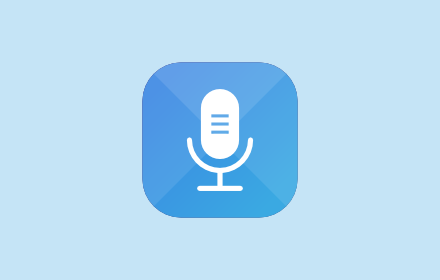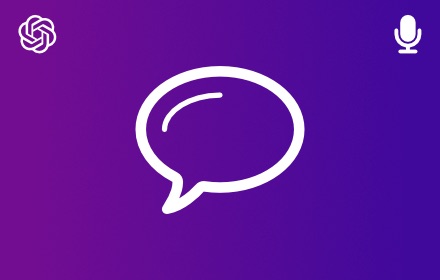Beyond Words: Exploring Multilingual Text-to-Speech Capabilities
Multilingual text-to-speech technology is transforming how we interact with digital devices, breaking down language barriers and making information more accessible to diverse populations worldwide. It encapsulates a suite of advanced linguistic and acoustical capabilities that enable machines to read texts aloud in multiple languages, with pronunciation and intonation that often closely mimics natural human speech.
As web content and digital interfaces become increasingly global, multilingual text-to-speech technology proves indispensable for numerous applications—from business to education to personal entertainment. This article delves into the mechanics and applications of this dynamic technology, examining its implications for the future of human-computer interaction.
Evolution of Multilingual Text-to-Speech Software
The development of multilingual text-to-speech (TTS) software has been marked by significant milestones. In its infancy, TTS systems were limited in both language availability and voice quality; they often sounded robotic and were confined to reading texts in only a handful of languages. Over time, advances in computational linguistics, data processing, and artificial neural networks have vastly improved the quality and variety of available languages in TTS systems.
Today, leading-edge TTS technologies can generate speech in scores of languages, replete with natural cadence and intonation. Innovators in the field have heavily invested in research to make TTS engines adapt to the nuanced verbal expressions of an expansive catalog of languages. The result is a user experience that is more immersive and authentic than ever before, allowing listeners to understand spoken content without the barrier of unfamiliar language constructs.
Multilingual Text-to-Speech Enhances User Accessibility
Embracing multilingual text-to-speech technology significantly ramps up the accessibility of digital content. For people with visual impairments, reading difficulties, or literacy challenges, TTS technology provides an audio representation of text that might otherwise be inaccessible. Not limited to just one language, today's TTS systems support a multitude of languages, effectively catering to a global user base.
Moreover, TTS technology has become an essential tool for language learners. It offers an opportunity to hear fluent speech in their target language, complementing traditional learning methods. TTS engines have become sophisticated enough to vary speaking rates and even regional accents, helping learners gain familiarity with the nuances of different dialects and speaking styles within a single language.
Multilingual Text-to-Speech Technology in the Global Market
The global market presents a fertile ground for the application of multilingual text-to-speech technology. Companies looking to expand their reach utilize TTS to localize their interactive voice response (IVR) systems, customer service bots, and e-learning materials. In essence, TTS bridges the communication gap between businesses and a linguistically diverse customer base by providing a seamless and localized user experience.
Furthermore, the proliferation of smart devices and IoT technology ushers in an era where voice commands and audio feedback are becoming central to the user experience. Multilingual TTS technology ensures that these devices can cater to speakers of various languages, thus enhancing the inclusivity and accessibility of technology across different cultures and regions.
The Future of Multilingual Text-to-Speech
As we peer into the future, the trajectory of multilingual text-to-speech technology becomes even more intertwined with advancements in artificial intelligence and machine learning. AI-driven TTS systems will continue to refine their linguistic models and expand their language libraries, delivering voice outputs that are indistinguishable from human speech. Emerging features, such as emotion recognition and response, are on track to further elevate the interactive capabilities of TTS systems.
Moreover, real-time multilingual translation combined with TTS is on the horizon, promising instant audible conversion from one language to another. This integration has the potential to revamp communication, education, and entertainment, paving the way for a truly interconnected and multilingually empowered world.
In conclusion, multilingual text-to-speech technology has already demonstrated its value by bringing to life a world of words in various languages. Its ongoing evolution promises even greater capabilities and applications that span across different sectors, cultures, and communities. For users and developers alike, the message is clear: the future of communication is not only multilingual but also multidimensional, with TTS technology at the forefront of this exciting transformation.
Subscribe to our newsletter
Subscribe to our newsletter for tips, exciting benefits, and product updates from the team behind Voice Control!
Other projects from the team

Talkio AI
The ultimate language training app that uses AI technology to help you improve your oral language skills.

TalkaType
Simple, Secure Web Dictation. TalkaType brings the convenience of voice-to-text technology directly to your browser, allowing you to input text on any website using just your voice.

Voice Control for Gemini
Expand the voice features of Google Gemini with read aloud and keyboard shortcuts for the built-in voice recognition.